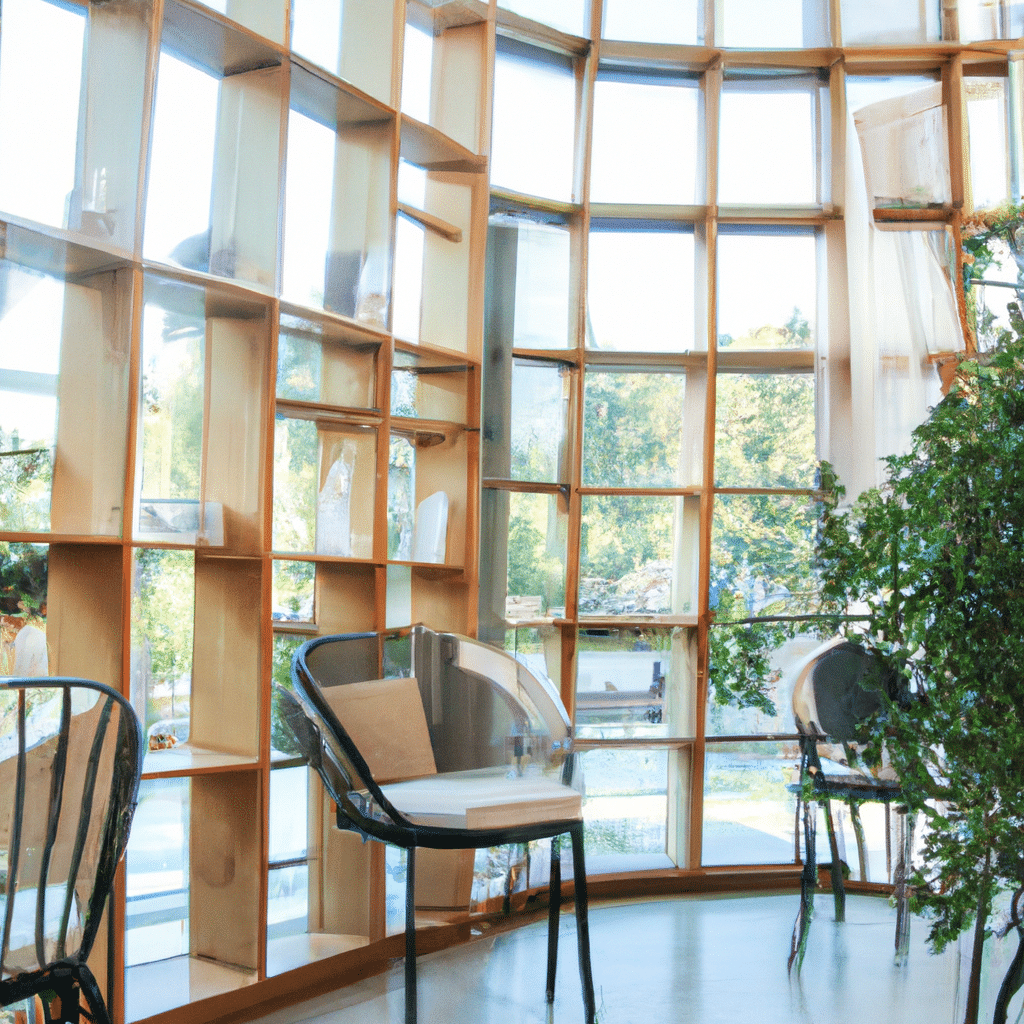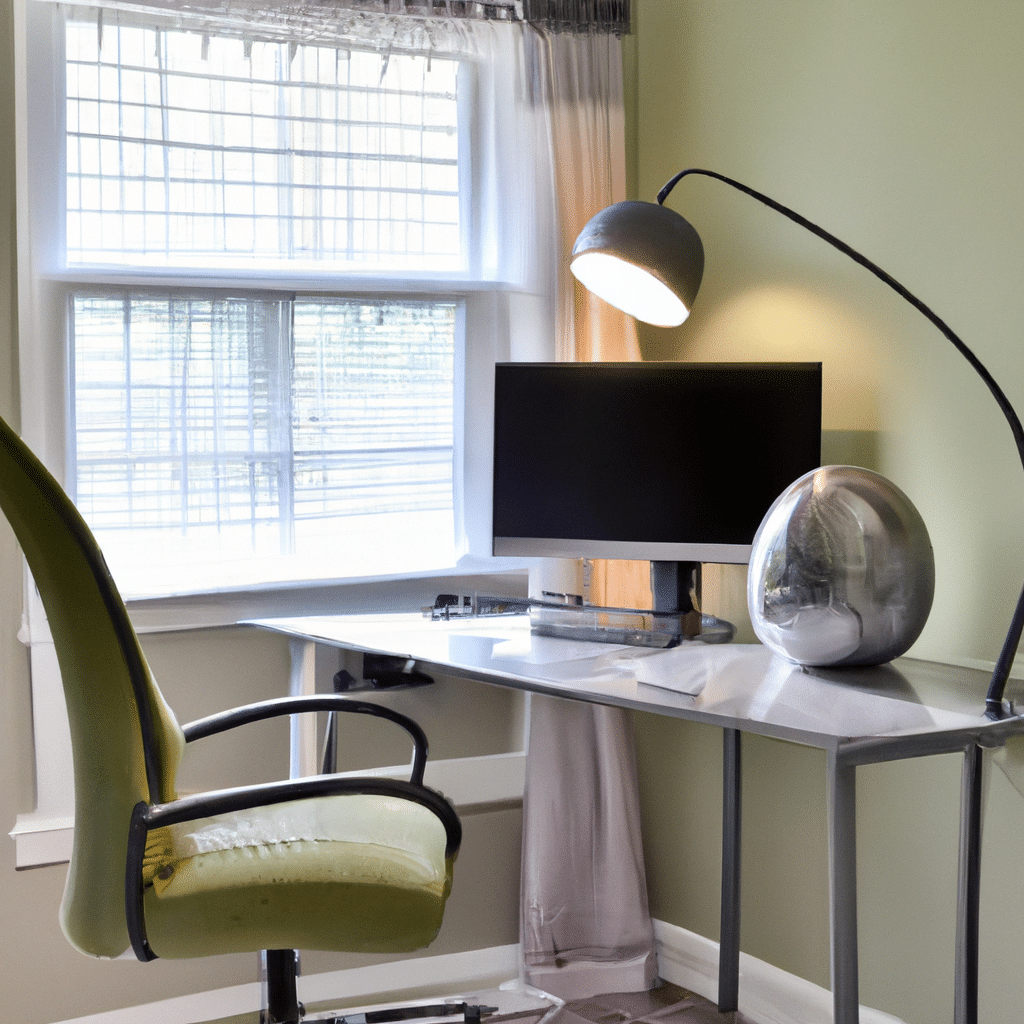In today’s fast-paced world, working from home has become more common than ever. As technology advances, many individuals and businesses are embracing the convenience and flexibility of remote work. However, with the increasing reliance on home offices, it is crucial to consider the environmental impact of these spaces. By transforming your home office into an eco-friendly haven, you not only contribute to a greener planet but also create a healthier and more productive workspace. In this article, we will provide you with practical tips and strategies to optimize your home office for energy efficiency and sustainability, allowing you to work guilt-free while enjoying the benefits of a green workplace.
1. Choose Energy-Efficient Equipment
Investing in energy-efficient equipment is the foundation of an eco-friendly home office. Start by selecting a laptop or desktop computer that is Energy Star certified. These devices are designed to consume less power and operate more efficiently, reducing both energy waste and your electricity bills. Additionally, opt for LED monitors instead of traditional LCD screens, as LEDs are more energy-efficient and have a longer lifespan.
When it comes to printers and scanners, choose models that offer duplex printing and scanning capabilities. This feature allows you to print or scan on both sides of the paper, minimizing paper waste. Furthermore, consider using inkjet printers instead of laser printers, as they consume less energy during operation.
2. Optimize Lighting for Efficiency
Proper lighting is essential for productivity and overall well-being in your home office. Optimize your lighting setup to reduce energy consumption and create a pleasant working environment. Take advantage of natural light by positioning your desk near a window. Natural light not only reduces the need for artificial lighting during the day but also provides numerous health benefits, such as improved mood and increased vitamin D production.
When artificial lighting is necessary, opt for energy-efficient LED bulbs. LEDs are not only long-lasting but also consume significantly less energy compared to traditional incandescent or fluorescent bulbs. Consider installing dimmer switches to adjust lighting levels according to your needs, further reducing energy consumption.
3. Implement Smart Power Management
One of the most effective ways to minimize energy waste in your home office is through smart power management. Many electronic devices continue to draw power even when they are turned off or in standby mode, known as phantom power. This unnecessary energy consumption can be easily avoided by using power strips with built-in surge protectors and on/off switches.
By plugging your devices into these power strips, you can completely shut off power supply when they are not in use, preventing phantom power consumption. Additionally, consider utilizing smart power strips that automatically cut power to peripheral devices, such as printers and speakers, when the main device, like your computer, is turned off.
4. Harness the Power of Natural Ventilation
Maintaining a comfortable temperature in your home office is crucial for productivity and energy efficiency. Instead of relying solely on air conditioning or heating systems, take advantage of natural ventilation whenever possible. Open windows to allow fresh air to circulate, reducing the need for artificial cooling or heating.
To further enhance natural ventilation, consider installing ceiling fans or desk fans. These devices can help distribute cool air during hot summer days or assist in air circulation during colder months, reducing the reliance on energy-intensive climate control systems.
5. Reduce Paper Waste with Digital Solutions
In a digital age, minimizing paper waste is not only eco-friendly but also enhances productivity and organization. Embrace digital solutions to reduce your reliance on printed documents. Utilize cloud storage and online collaboration tools to store and share files electronically, eliminating the need for physical copies.
When printing is necessary, make conscious choices to reduce paper waste. Print double-sided whenever possible and adjust margins and font sizes to fit more content on each page. Consider using recycled or eco-friendly paper products to minimize the environmental impact.
6. Embrace Sustainable Office Furniture
Furniture plays a significant role in creating a sustainable home office environment. When selecting office furniture, prioritize sustainable materials such as bamboo, reclaimed wood, or recycled plastic. These materials not only reduce the demand for virgin resources but also minimize the carbon footprint associated with furniture production.
Furthermore, opt for ergonomic furniture that promotes proper posture and comfort. Investing in adjustable standing desks and ergonomic chairs not only enhances your well-being but also boosts productivity by reducing fatigue and discomfort during long work hours.
7. Incorporate Indoor Plants for Improved Air Quality
Indoor air quality is crucial for a healthy home office environment. Incorporating indoor plants not only adds a touch of natural beauty but also helps purify the air by removing toxins and releasing oxygen. Plants such as peace lilies, snake plants, and spider plants are known for their air-purifying qualities and low maintenance requirements.
By strategically placing indoor plants throughout your home office, you can create a healthier and more productive workspace while reducing the need for artificial air purifiers or filters.
Conclusion
Transforming your home office into an eco-friendly haven is a rewarding endeavor that benefits both the environment and your overall well-being. By implementing the strategies outlined in this article, such as choosing energy-efficient equipment, optimizing lighting, and embracing sustainable practices, you can create a productive and sustainable workspace that aligns with your values. Embrace the power of green technology, reduce energy waste, and contribute to a greener future while enjoying the comfort and productivity of your eco-friendly home office.











